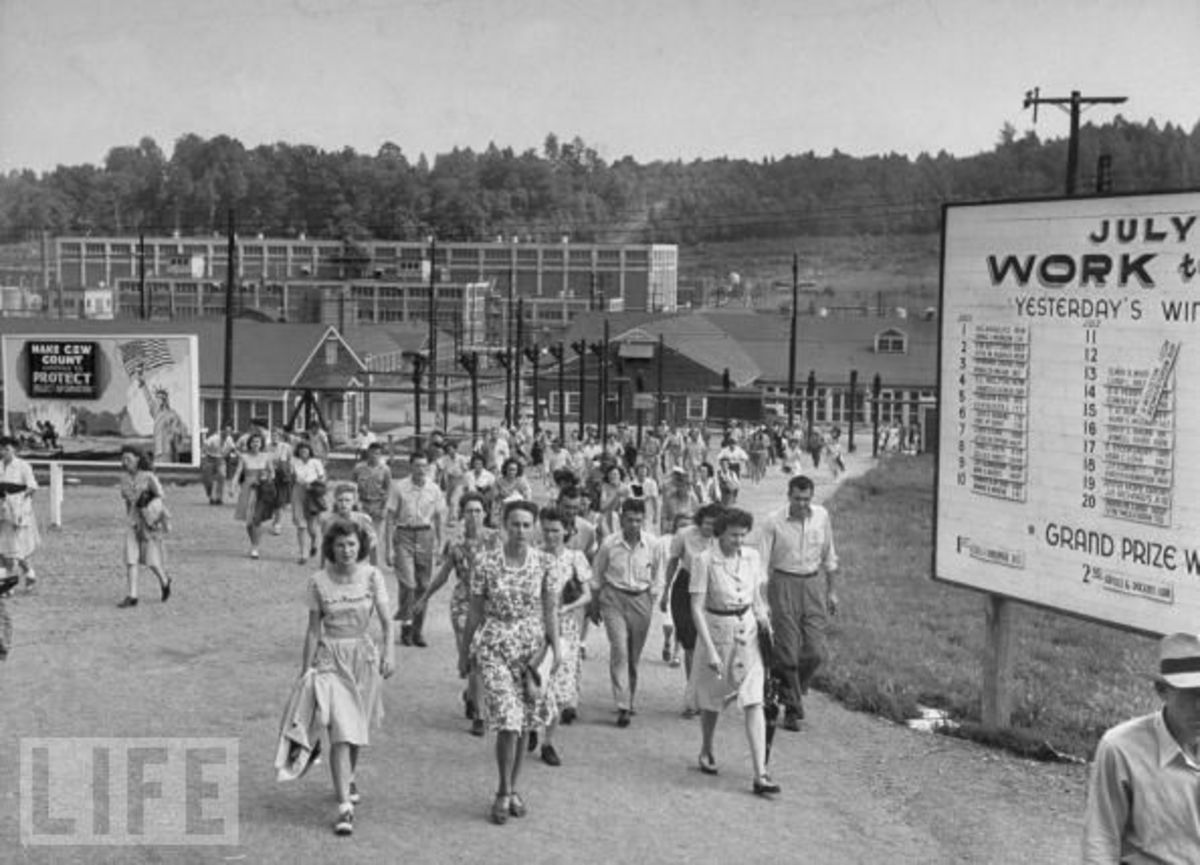Women in the Canadian Labour Movement
A Tempest in a Teapot: Hannah Clegg
Women have long played a strong and significant role in the labour movement. In Canada, they played different roles. They were wives, sisters, daughters, supporters, workers and union members. They stood in front of their husbands at dangerous mining strikes. They also walked picket lines, lobbied for union-made products and stored food and supplies away before a strike. Women organized workers far afield and sat on strike committees. They played multiple roles in the success of strikes but are often forgotten. This series of articles looks at Canadian women who made a difference beginning with Hannah Clegg.
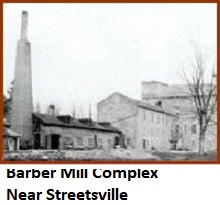
The Barber Textile Mill, Barberville near Streetsville, Ontario
The Credit River was an important factor in the development of Peel County, Ontario, Canada. As a source of motive power, it became home to several mills. In the early days, grist and saw mills made their homes on the banks of the river. As the nearby communities grew, woollen and textile mills took their place on the Credit River.
Streetsville is a community that owes its existence and growth to the Credit River. Of the mills on its section of the Credit River, one of the most significant was the woollen mills of the Barber Brothers – William and Robert. They purchased a mill-site and farm from William Comfort in 1843. In 1852, the brothers constructed a large four-storey stone woollen mill on the north edge of Lot 1 Concession 4.
In less than 10 years, the mill burnt to the ground. Rebuilt and in operation 3 months later, the brothers continued with their expansion programme. The new complex operated under the name the Toronto Woollen Mills. It rose to become the fourth largest textile mill in the province, employing more than 100 people. Among their employees was a young woman – Hannah Clegg.
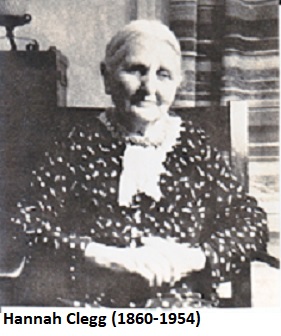
Hannah Clegg (1860 - 1954)
Hannah Clegg came from Leeds, Yorkshire, England, in 1867. She arrived with her parents Mr. and Mrs. Wilmer Clegg in Streetsville at age 7. By age 12, she was working at the Barber textile mills. She started as a basic labourer but became an expert weaver. However, it is not for this that history remembers her.
Hannah Clegg began her day at 5am. She walked from her home two miles to the mill to begin her shift at 6:30 or 7am. Here, she worked until 6pm every day for an average wage of 80 cents. Her fellow employees were almost all women. Companies such as the Barbers hired them for their “womanly skills” and their cheap wages.
The Incident
The women Hannah worked with were all in the same boat. They worked long hard hours for little pay. Windows in textile mills were rarely – if ever, opened even in the hottest summer. They were stifling hot in the summer and could very cold in the winter. Pieces of fluff floated in the air from machinery that ran constantly.
At some point, Hannah began to bring a teapot to work with her. Every day, at around 10am she and a fellow worker heated water on top of a steam box a gas-heated piece of machinery. They then made tea. This continued until, one day in 1875, 70-year-old Mr. Wm. Barber, caught her enjoying a tea break. To put it mildly, he was not pleased. Workers did not have breaks of any sort except for lunch and dinner.
Barber protested vigorously. Hannah explained it was beneficial for his mill to allow employees a tea break. She said he would get more work out of workers if they had a break. Many of them, after all, had missed breakfast and were hungry by mid-morning.
The stories diverge at this point. According to one source, Barber refused, the women went on strike, and Barber caved in. According to one interview with Hannah Clegg, W. Barber first forbade it. He then came back later that day and approved the practice. After that incident, workers at Barber’s textile mill had a tea break daily at 10am .
Whatever actually took place, Hannah Clegg proved one woman could make a difference. She persuaded the employers that making workers happy with something as simple as a "tea break" could improve production. In doing so, she established a practice government were later recognize and legislate.
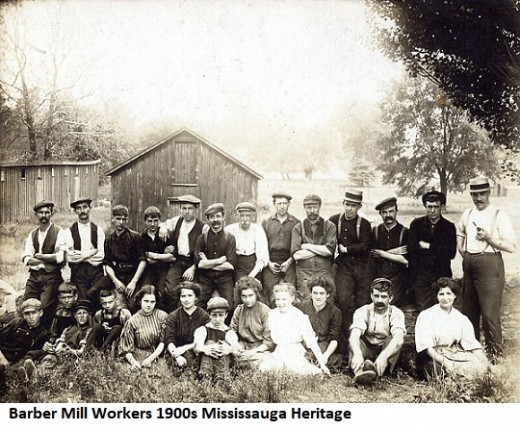
Sources and Links
“Barbertown – Ghost Towns of the GTA” https://hikingthegta.com/2014/08/26/barbertown-ghost-towns-of-the-gta/
Beaudin, A. “Find A Grave” https://www.findagrave.com/memorial/68253851#
Crickmore. Evelyn 1954. “Mrs. Eli. Atkinson Passes In 95th Year.” The Port Credit Weekly Oct 28, 1954.
Streetsville Historical Society. “The Mills of Streetsville” http://rjentpub.com/the-mills-of-streetsville/
“The Party Line: Mrs. Eli Atkinson” The Port Credit Weekly Friday, July 16, 1954
Wilkinson, Matthew. "Barberton” https://www.heritagemississauga.com/page/Barberton
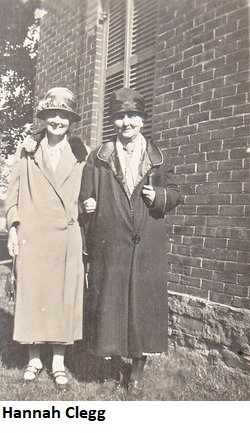
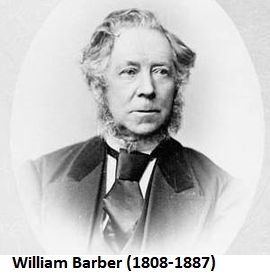
© 2018 Bonnie Michelle Durtnall





